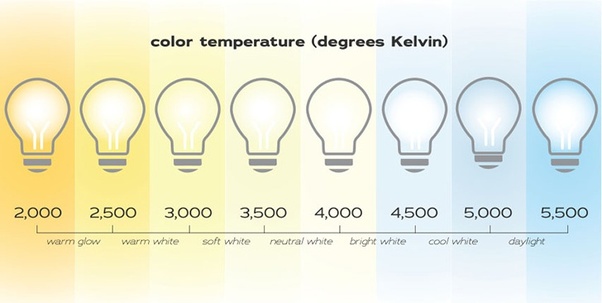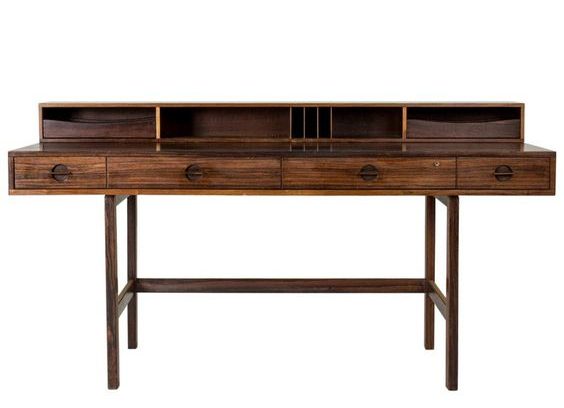6 WAYS TO PERSONALIZE YOUR HOME OFFICE
1. Visual Reminders. Add a calendar, bulletin board, or dry erase board near your desk. You can post anything from today’s to do list and reminders, to long term goals. Stay inspired by adding your favorite motivational quote and photos or postcards that are meaningful to you.
2. Stay Organized. It is important that you assign the essentials a designated place in your office space: think business cards, pens, paper and files, folders, sticky notes, etc. that you’ll need within reach. By using creative containers for these essentials, you can achieve a customized look while keeping organized. For example, repurpose a vintage mug to hold pens and pencils, or select binders and boxes with colors, patterns and textures that fit your style.
Photo Right: This office adds personalized touches while keeping neat. The monochromatic color scheme of the storage, wall art, furniture and rug are energized by live plants.


